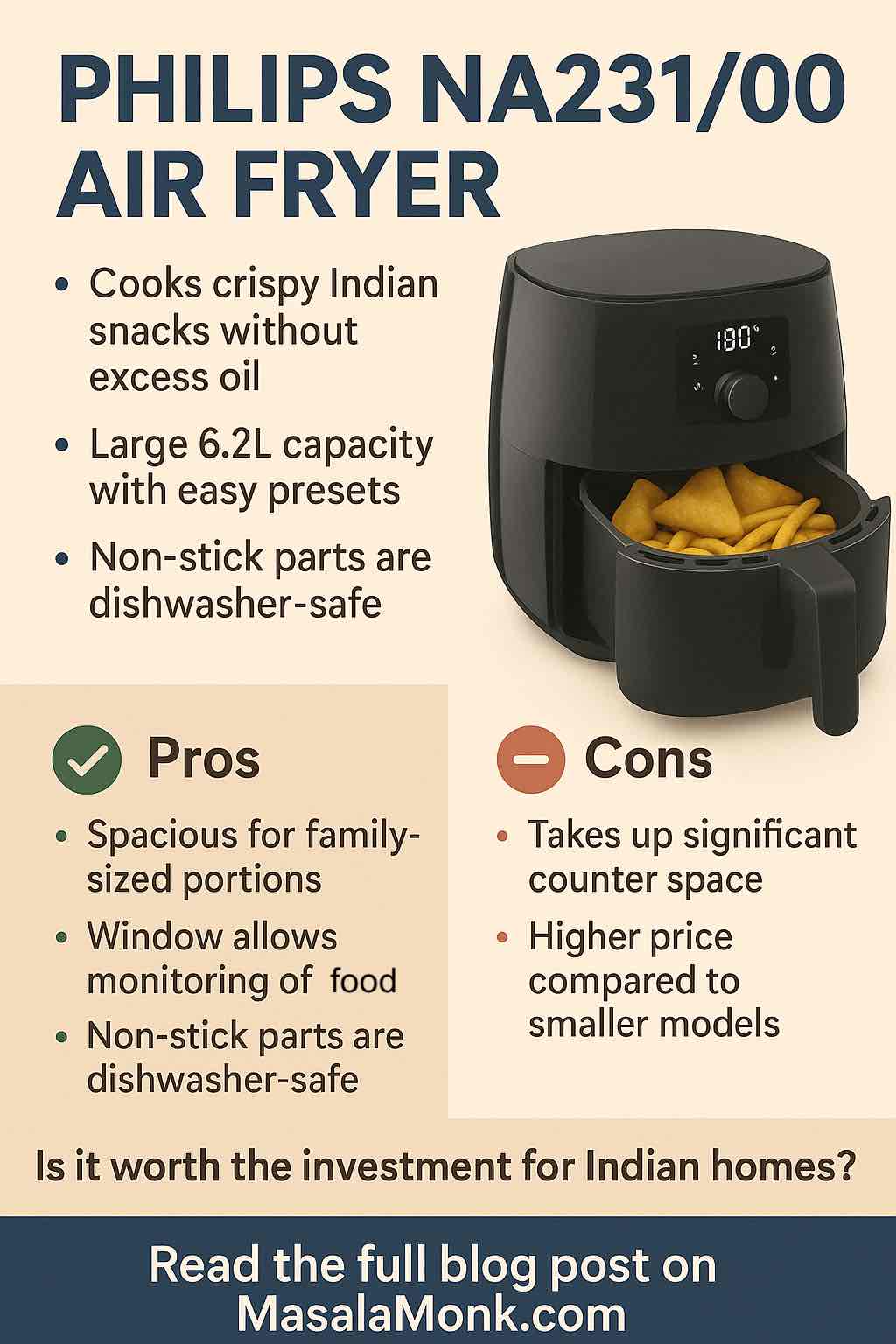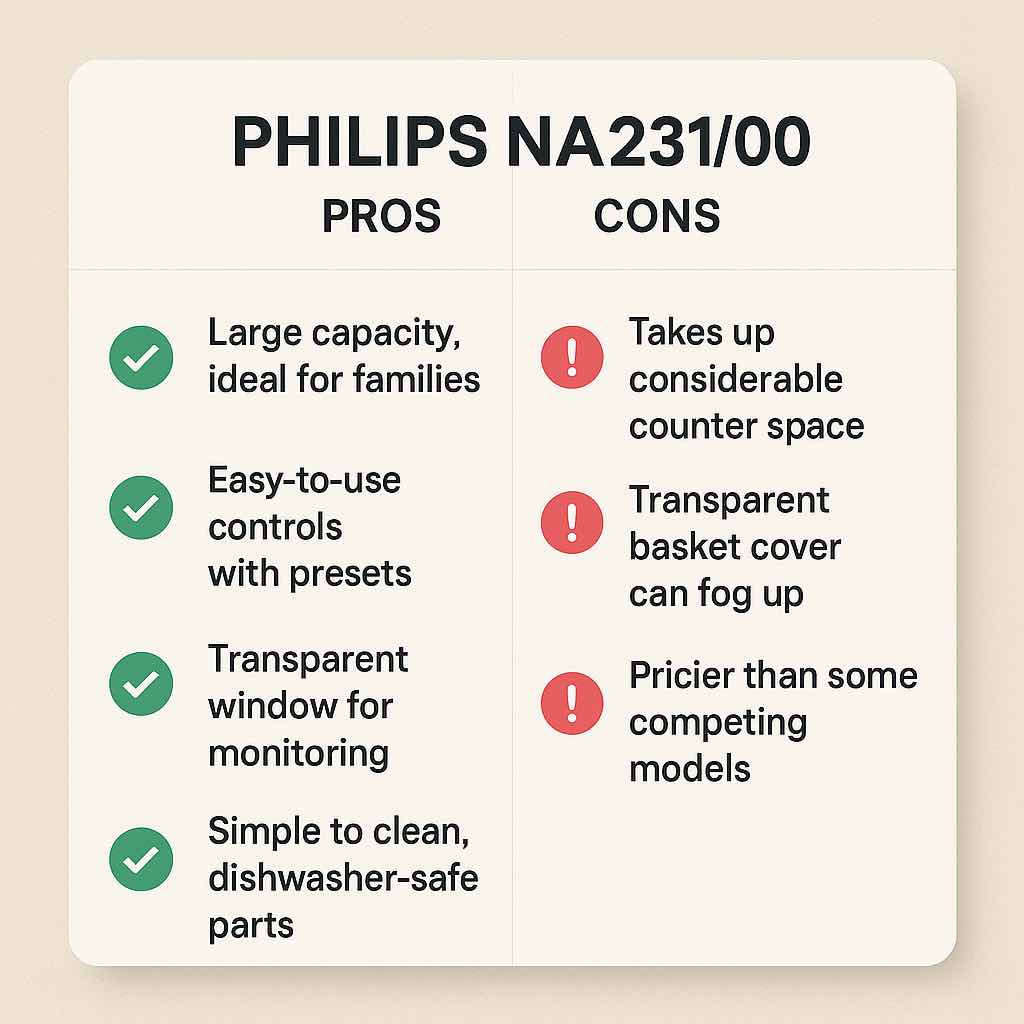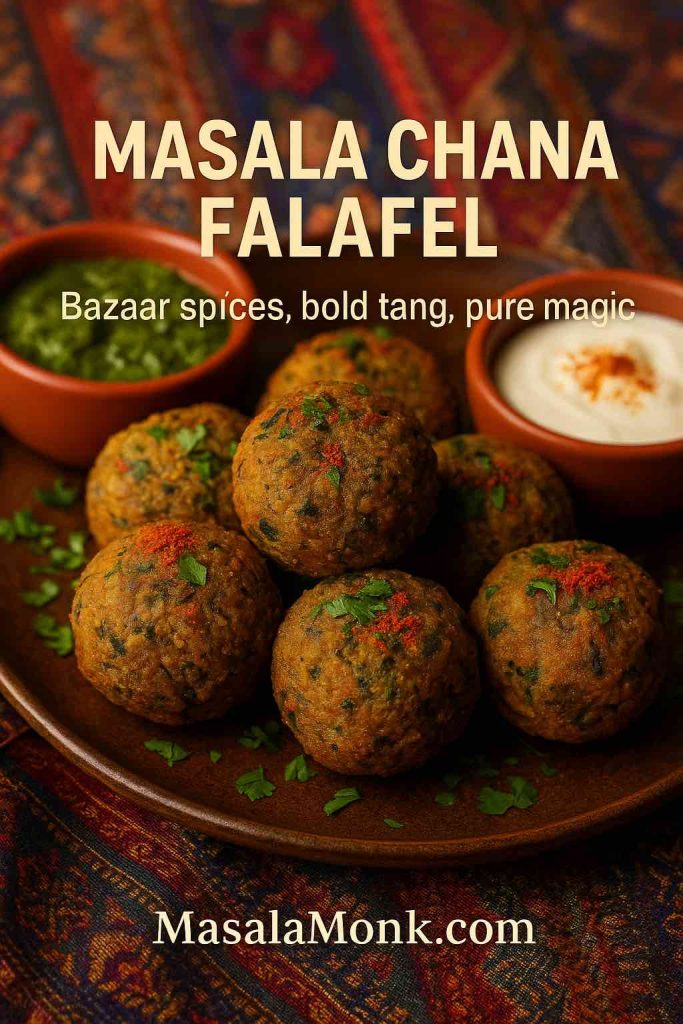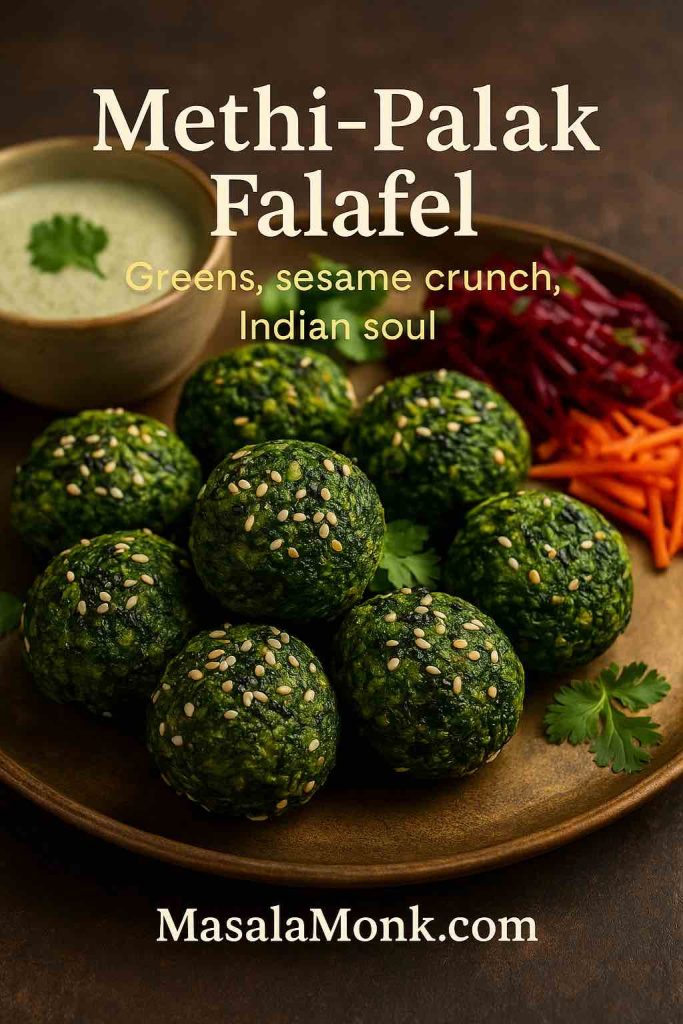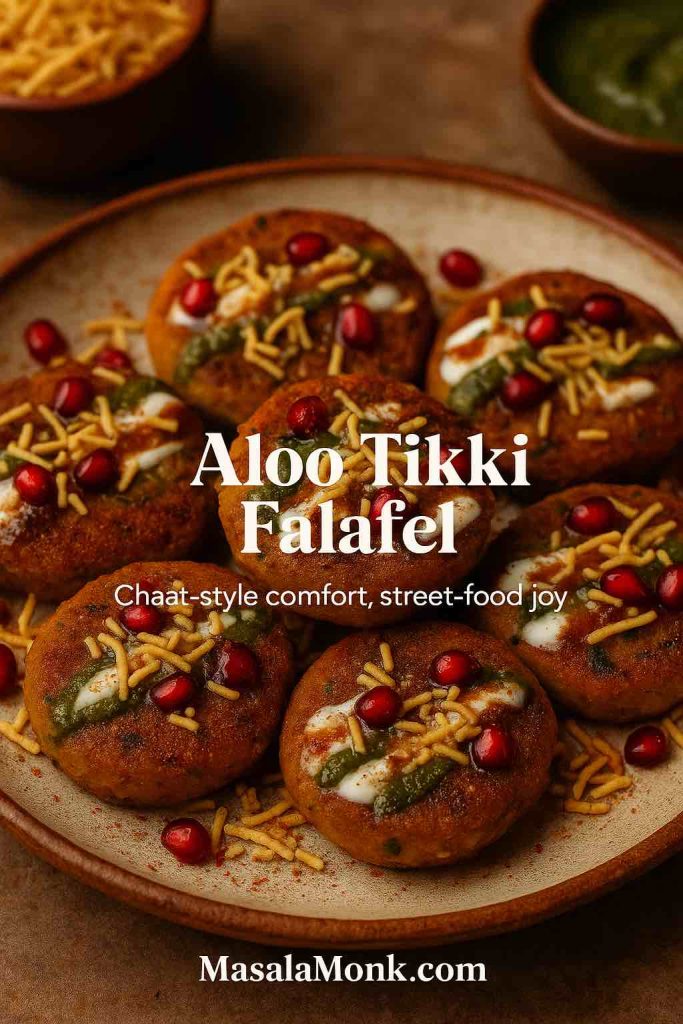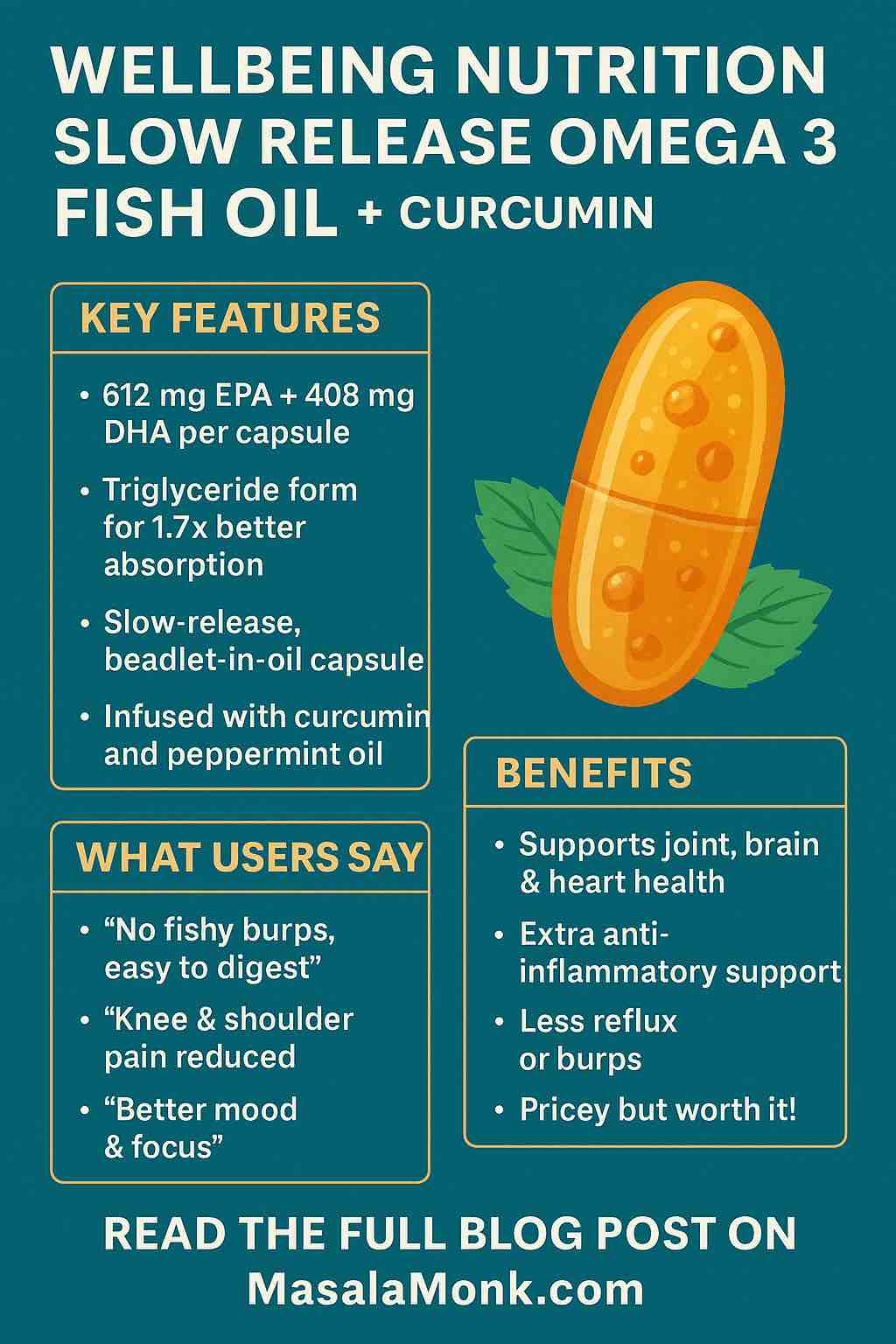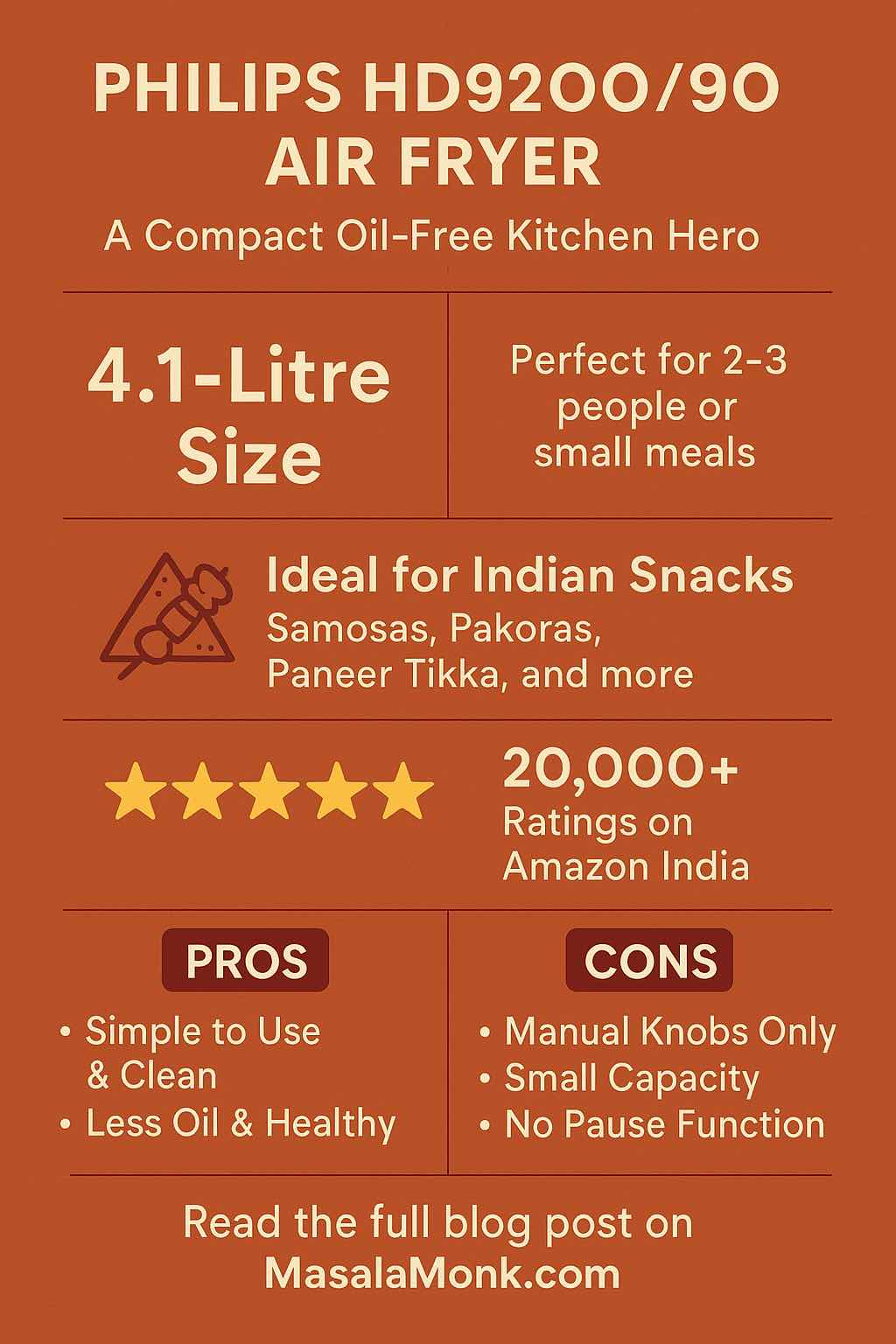
If you’re looking for a compact, easy-to-use, and reliable air fryer for your Indian kitchen, the Philips HD9200/90 Air Fryer is one of the top-rated and best-selling choices on Amazon India. Is it worth the money? Let’s explore its real-world pros and cons, deep-dive into Indian recipes, address cleaning and maintenance, and reveal what everyday users think after months of use.
Philips HD9200/90 Air Fryer: Overview & Key Features
The Philips HD9200/90 Air Fryer is designed for small families and health-conscious individuals who want crispy snacks and meals with up to 90% less oil.
Here’s what stands out:
- Capacity: 4.1 litres — enough for 2-3 people (about 8 samosas or 600g fries per batch)
- Power: 1400W with Philips Rapid Air Technology for even cooking
- Controls: Simple manual knobs for temperature (80–200°C) and timer (up to 60 min) with auto shut-off
- Basket: Removable, non-stick, and dishwasher-safe
- Cord: 1.8 meters for easy countertop placement
- Warranty: 2 years (India-wide support)
Indian User Experiences: What Are Real Amazon Buyers Saying?
Highly Rated on Amazon India (4.3★, 6,000+ Ratings)
Best for Indian Snacks, Small Meals & Everyday Use
“This Philips HD9200/90 Air Fryer has become a staple in our kitchen for oil-free samosas, fries, and even chicken tikka. Quick and healthy!”
— Amazon Verified Purchase, April 2024
“You get perfectly crisp results with minimal oil. We made aloo tikki, paneer tikka, even reheated leftover pizza. It’s compact and fits well on a small counter.”
— Amazon Customer, Mumbai
Healthier Eating, Less Mess
“Kids love the fries and nuggets, and I love that I’m not deep-frying. Cleaning the basket is very easy—just a quick rinse or into the dishwasher.”
— Amazon Review, Bengaluru
Simple to Use, but Some Minor Gripes
“Manual knobs are basic but work fine. Markings are a bit small. Wish it had a pause function but for the price, it’s a steal.”
— Amazon Customer, Pune
“Perfect for a small family. If you have a big group, you’ll need to cook in batches. No oil smell in the kitchen, no greasy pans.”
— Amazon Review, Delhi
How the Philips HD9200/90 Air Fryer Performs for Indian Cooking
The Philips HD9200/90 Air Fryer is especially popular with Indian households because it handles a wide range of snacks and small meals, including:
- Samosas & Pakoras: Get golden and crisp with just a brush or spray of oil. Pre-made frozen snacks cook beautifully.
- Paneer Tikka & Tandoori Chicken: Marinated paneer or chicken turns out juicy inside and charred outside at 180-200°C.
- French Fries & Potato Wedges: Soak, pat dry, toss with a spoon of oil, and you’ll get crispy fries every time.
- Roasted Peanuts & Chana: 7-8 minutes at 180°C, stir once mid-way, and you get perfectly roasted munchies.
- Reheating Parathas, Pizza, & Rolls: Far better than microwaving—restores the crunch!
Recipe Tip:
Always preheat the Philips HD9200/90 Air Fryer for 2-3 minutes for best results, especially with tikkis and fries. Don’t overcrowd the basket—single layer gives the best crunch.
Cleaning & Maintenance: Is It Easy?
This air fryer is designed for real Indian kitchens—where masalas, oil, and sticky batters are daily reality.
- Basket is non-stick and dishwasher-safe.
- Just wait 15-20 min after cooking, remove the basket, and wipe out any oil or crumbs.
- If cooking heavily marinated items (like tandoori), wipe the heating coil area with a damp cloth once it’s cool.
- Most users report it stays odor-free and grease-free with basic daily care.
“I just rinse the basket under water after every use—sometimes with a soft brush. Super easy, way easier than cleaning a kadhai or deep-fry pan.”
— Amazon User, Jaipur
Pros & Cons Table
| Pros | Cons |
|---|---|
| Compact—perfect for 2-3 people | Manual timer/temperature controls only |
| Cooks Indian snacks, mains, and reheat dishes | No pause or alert mid-cycle |
| Up to 90% less oil—healthy, guilt-free | Not for large families or parties |
| Cleans easily—dishwasher safe and non-stick basket | Knob markings are small for some users |
| 2-year Philips India warranty, strong support | Can be noisy (timer “tick-tock” sound) |
| Highly rated—over 20,000+ reviews on Amazon India | Baking cakes/bread is possible but limited |
| Affordable compared to larger air fryer models |
Actionable Advice: How to Get the Most from Your Philips HD9200/90 Air Fryer
- Preheat for 2-3 minutes for best crispiness (especially with potatoes and tikkis).
- Toss or spray with a little oil for extra crunch—don’t overdo it, a teaspoon goes a long way!
- Don’t overcrowd—cook in a single layer for even browning.
- Flip or shake halfway—especially for paneer, fries, and nuggets. Just pull out the basket, shake, and continue.
- Wipe out any residue after each use—especially after cooking oily or marinated foods.
- Try new recipes! Many users have succeeded with roasted veggies, grilled fish, and even reheating rotis.
Who Should Buy the Philips HD9200/90 Air Fryer?
- Perfect for: Students, working couples, health-conscious singles, or small families (2-3 people) who want fast, easy, and healthy snacks.
- Not ideal for: Large families, party hosts, or those wanting digital controls and alerts.
Final Word: Why It’s a Best-Seller on Amazon India
With its compact design, healthy results, easy cleaning, and trusted brand backing, the Philips HD9200/90 Air Fryer is an excellent choice for most Indian households.
You can check hundreds of video reviews and recipe demos online—all pointing to the same verdict: it’s a genuine kitchen upgrade if you want to eat better, faster, and cleaner.
Ready to make the switch to oil-free, crispy snacking?
Buy the Philips HD9200/90 Air Fryer on Amazon India →
(Affiliate Disclosure: If you purchase through our link, we may earn a small commission at no extra cost to you—this helps us keep bringing you honest reviews and tips.)
Explore More Air Fryer Reviews You’ll Love:
- 6 Bestselling Air Fryers on Amazon India this Season
Get the complete picture—see how all the top-rated models stack up and find your perfect match! - Philips NA231/00 Air Fryer Review
Philips’ newest, largest air fryer—packed with tech for big families and party snacks. - Philips HD9252/90 Air Fryer Review
Modern digital controls and fast crisping—see if this best-selling digital model fits your kitchen style. - Kent 1300W Classic Fryer Review
Simple, budget-friendly, and compact—why Kent’s classic is so popular with singles and students. - Inalsa 5.5L Digital Air Fryer Review
Big batches, easy presets, and strong value—find out if this model is your next family hero. - Inalsa Sous Chef 6.5L Digital Air Fryer Review
Discover how this mega-sized air fryer tackles the biggest Indian family snack cravings!
FAQs for Philips HD9200/90 Air Fryer
1. What is the actual capacity of the Philips HD9200/90 Air Fryer?
It has a 4.1-litre basket, which is perfect for 2–3 people. You can cook about 8 samosas, a batch of fries, or several nuggets at once.
2. Can I make Indian snacks like samosas and paneer tikka in this air fryer?
Yes! The Philips HD9200/90 Air Fryer is well-loved for samosas, pakoras, paneer tikka, roasted peanuts, and more. Just use a light spray or brush of oil for best results.
3. Does the air fryer require preheating?
While not always necessary, a quick 2–3 minute preheat helps make snacks like tikkis, fries, and kebabs extra crisp.
4. Is the basket easy to clean?
Yes! The non-stick basket of the Philips HD9200/90 Air Fryer is dishwasher safe. Most users find it much easier to clean than a traditional kadhai or frying pan.
5. Can I bake cakes or bread in this model?
It’s mainly designed for snacks and roasting. Baking is possible for small cakes, but the manual controls and compact size make it less ideal for regular baking.
6. What kind of plug/outlet does it require?
It uses a standard Indian 16A power socket due to its 1400W rating. Avoid plugging into old or overloaded power strips.
7. Is there a pause button or digital display?
No, the Philips HD9200/90 Air Fryer uses manual knobs for time and temperature—simple, but without pause or alerts.
8. How do I avoid food sticking to the basket?
Use a little oil spray and don’t overcrowd the basket. For sticky batters, consider parchment paper or an air fryer liner.
9. Does it make noise or create a smell?
There’s a “tick-tock” sound from the timer, but it’s not very loud. No lingering oil smells if you clean regularly. Smoking only happens if grease builds up.
10. Is the Philips HD9200/90 Air Fryer worth it compared to cheaper brands?
Yes, if you want better durability, real warranty support, and trusted results. It’s a best-seller for a reason—most Indian users find it delivers healthy, tasty snacks with far less effort than traditional frying.

